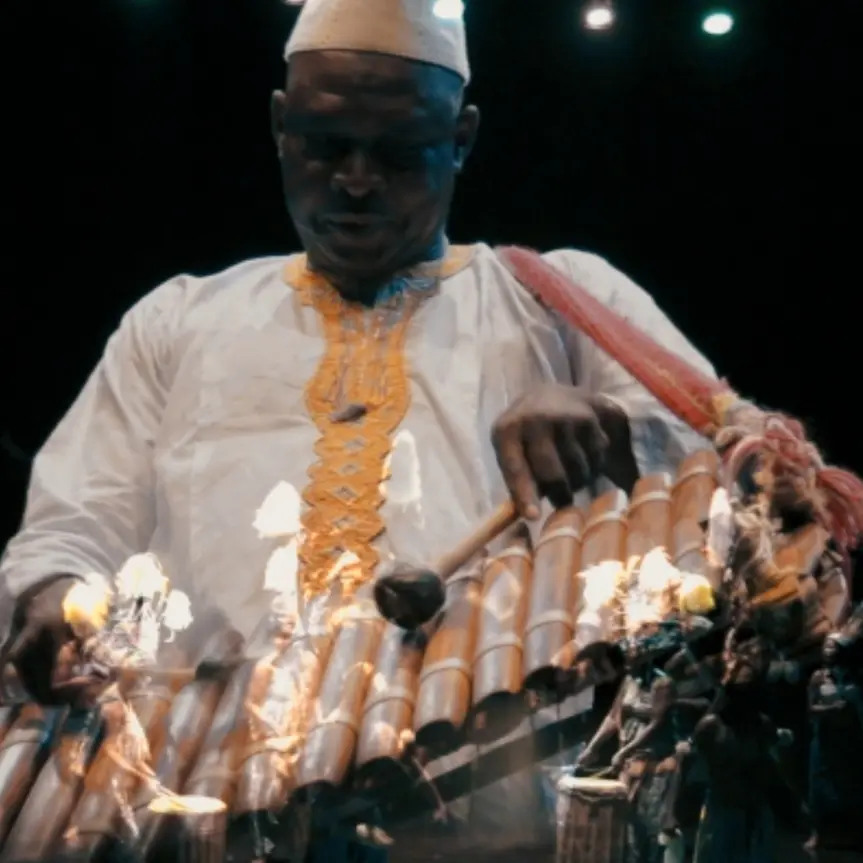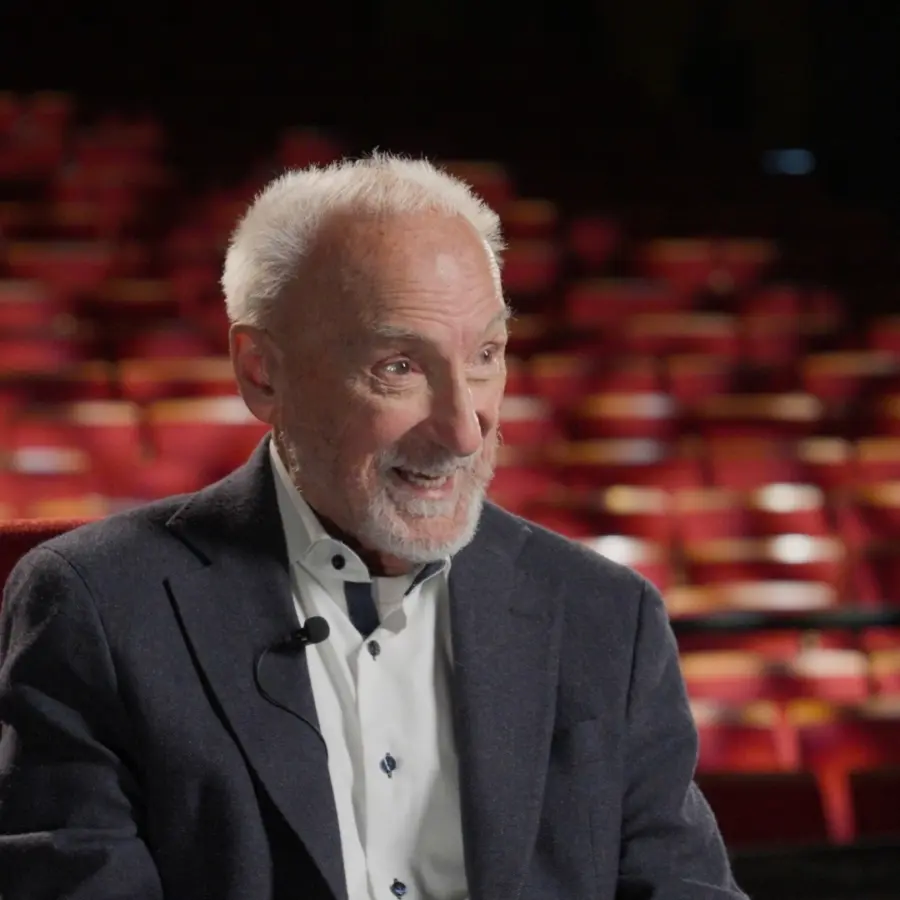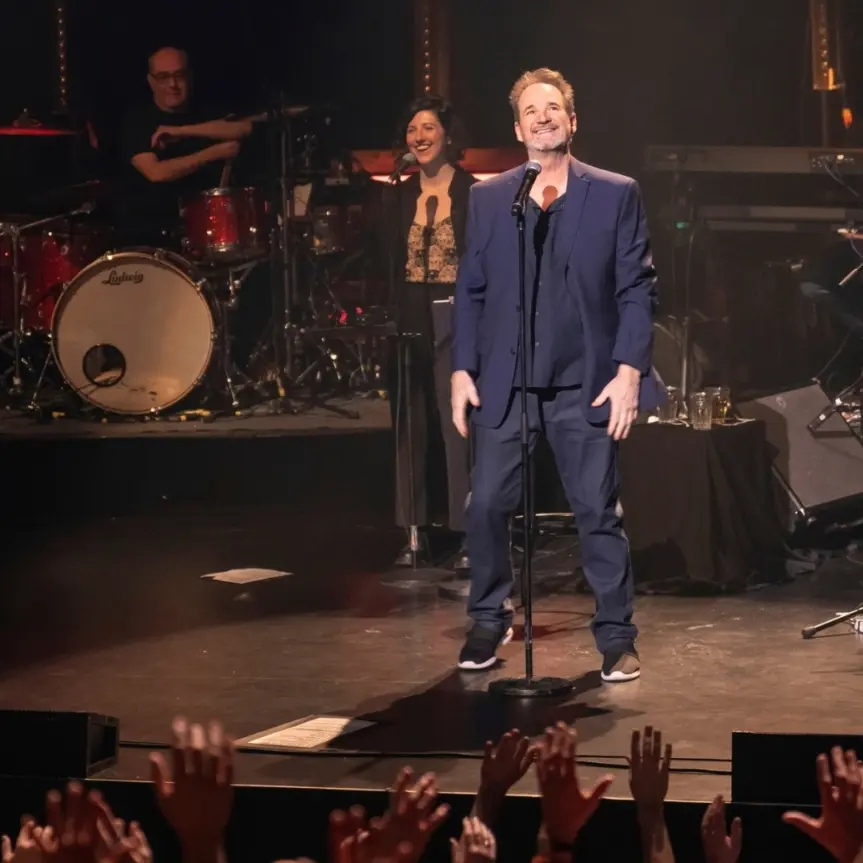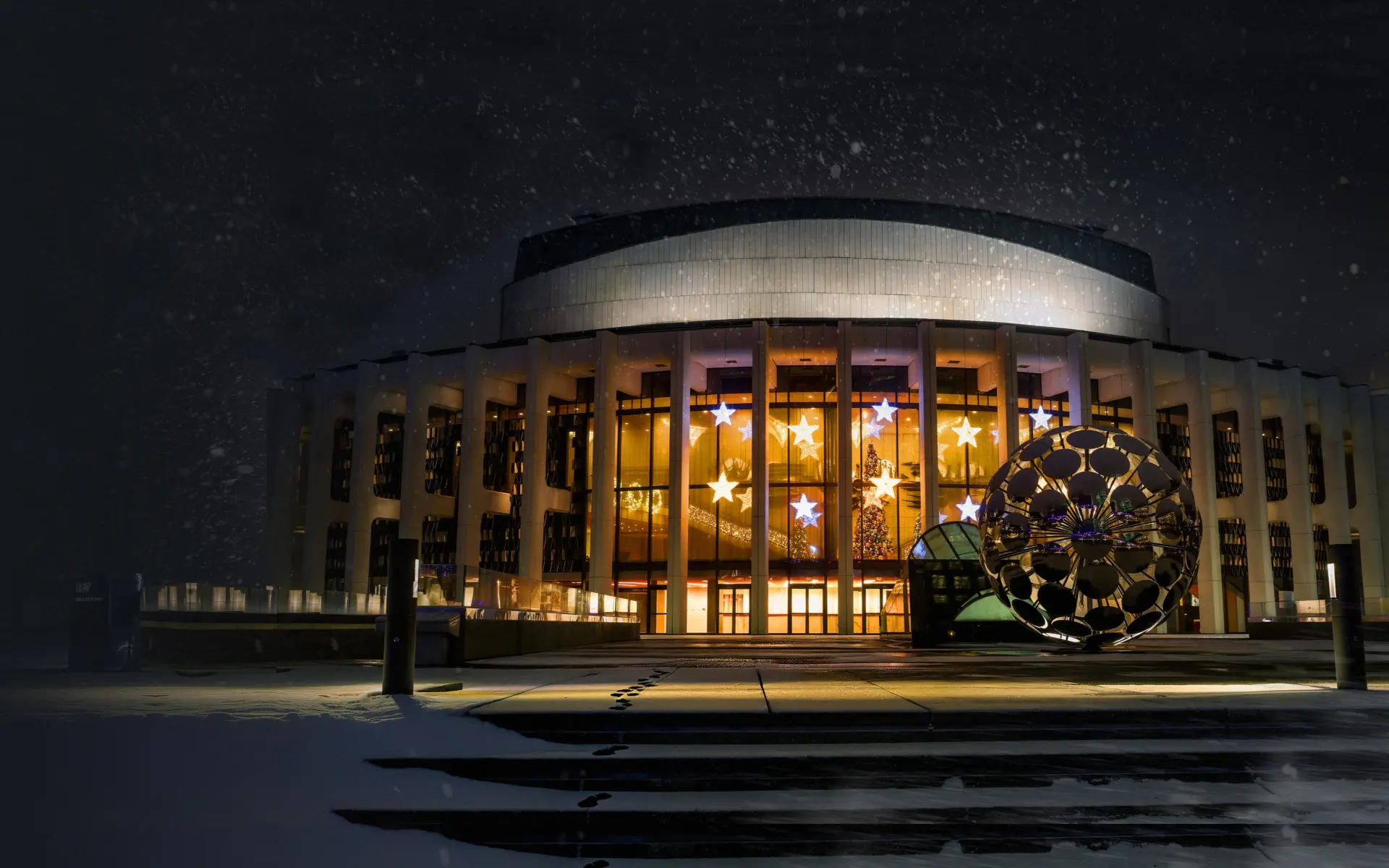Kim O’Bomsawin: Telling Stories to Bring People Together
Abenaki sociologist, filmmaker, documentarian, and screenwriter Kim O’Bomsawin will be the curator of the next edition of the Micro ouvert autochtone event. Learn more about this profoundly human creator.
Question: What brought you to documentary filmmaking?
Kim O’Bomsawin: I didn’t study cinema. I have bachelor’s and master’s degrees in sociology from UQAM. My ambition at the time was to use my profession to raise awareness of First Nations. I thought I would do it through teaching at the Cégep level. And then, somewhat by chance, I was asked to take part in a documentary series broadcast on the APTN channel. It was called La Cité, and it followed eight Indigenous individuals who lived in Montreal, who were wondering how to remain close to their roots while living in the city.
That was my first contact with the documentary world. From the very first shoot, the role of director—in this case, Guillaume Lonergan, who recently directed the series Empathie—really caught my attention. I immediately understood the power you have as a director: the power to enter people’s living rooms, to reach an audience through television or cinema. It was one of the most wonderful chance encounters of my life!
Q: So, is there an obvious link between documentary filmmaking and sociology?
K.O.: They’re skills that translate very well. Everything technical is learned “on the job.” Making a documentary means knowing how to analyze complex issues to make them accessible. Whether it’s a thesis or a film, the format changes, but the goal remains the same. So my studies have been of great use to me.
Q: You’re also the head of a production company.
K.O.: For the past five years, I’ve been running Nikan Productions—formerly Terre Innue—, which has experienced significant growth… we have several projects going on! What I love about production is that it gives me the chance to support other creators, to give them the space to express themselves and tell their stories. And at this stage of my career, that’s greatly satisfying.
Initially, we made room for Indigenous content somewhat out of obligation—a box to tick for funding bodies or broadcasters. Today, we’ve proven that we can produce quality audiovisual productions that can compete with the rest of the industry. And now, there’s a real appetite for what we do. It’s incredible to be able to be on the front lines of this transformation.
Q: Will your role as curator of the Micro ouvert autochtone event also reflect this duty of passing on knowledge?
I’ve seen the Micro ouvert evolve from afar over the years, and I find it incredible that Place des Arts offers so much space to First Nations. It’s a wonderful opportunity! I intend to use this platform to invest in all spaces and continue the work started by others: to show that we are not here “because we have to be,” but because we have talent. This is my mission, and I take it very seriously.
There will be a good place for audiovisual content—it’s my area of expertise—in addition to musical performances, literature, etc. We’re going to keep up the festive spirit! The work has already begun: this year’s theme will be Languages and Territories. Because Indigenous languages are much more than just words. They support visions of the world, philosophies, ways of being in the territory. I come from a people—the Abenaki—who have almost lost their language. Today, it’s said that the Abenaki language is being revitalized. Never have so many been learning it and teaching it. I have set myself a goal of being able to express myself in my language by the time I’m 50.
Q: How do you revitalize a language that is nearly extinct?
Little by little. There were a few speakers left, who taught others... and these students are now teaching in turn. It’s a long-term job, but we’ve not spoken our last word, we’re very resilient!
Q: On a cultural level, what are you passionate about? Do you have any suggestions for us?
I am first and foremost a sociologist, so the artist in me only emerged a little later. But I’m very curious, I’m interested in everything. Cinema is what I know best. And music, of course. We have considerable musical richness.
Reading a collection of poetry by Joséphine Bacon or Marie-Andrée Gill, going to the movies, attending summer festivals... There’s the First Peoples’ Festival, but also the Francos and the Festival International de Jazz de Montréal that are programming more and more Indigenous artists. Powwows, like the impressive one in Kahnawake, are also must-see events that people should take in. They’re for everyone. There's no need to be self-conscious about attending!
Q: Do you have any upcoming projects we should look out for?
We’re completing a documentary on Florent Vollant (Florent Vollant: Innu), and we’re also producing an immersive 360° animated film for the Planetarium, on the theme of stars, dreams, and territory. It’ll be released before Christmas.
My latest film, Ninan Auassata: We. The Children, is available on the NFB website, and They are Sacred, about the relationship between a father and his autistic son, will be released in theatres this fall.

Les Ballets Africains: A Longtime Love Affair with Montreal
Les Ballets Africains is making a spectacular return to Montreal. Founded in 1952, the company come back with a performance presented as part of Arts Monde serie, in collaboration with Nuits d’Afrique, which is celebrating its 40th anniversary.
Article Interviews Show
Yvon Deschamps : une vie portée par la scène
Comedian Yvon Deschamps has performed over 500 shows at Théâtre Maisonneuve at Place des Arts in Montreal.
Vidéo Interviews Artist
Jenůfa: Atom Egoyan reinvents Janáček’s opera
Article Interviews Show
Paul Piché, song by song: Sur le chemin des incendies still blazingly relevant
Ce n’est pourtant pas par effet de mode que Paul Piché a décidé de revisiter Sur le chemin des incendies; c’est plutôt grâce au succès inattendu d’une première mouture virtuelle durant la pandémie, suivie d’une tournée fort bien accueillie par le public.
Article Interviews Show
Magic in 2025: Illusion Meets New Tech
As Place des Arts is presenting Luc Langevin’s new show in July and August, we asked ourselves how the rise of artificial intelligence (AI) might be affecting the world of magic in 2025.
Article Interviews Show


